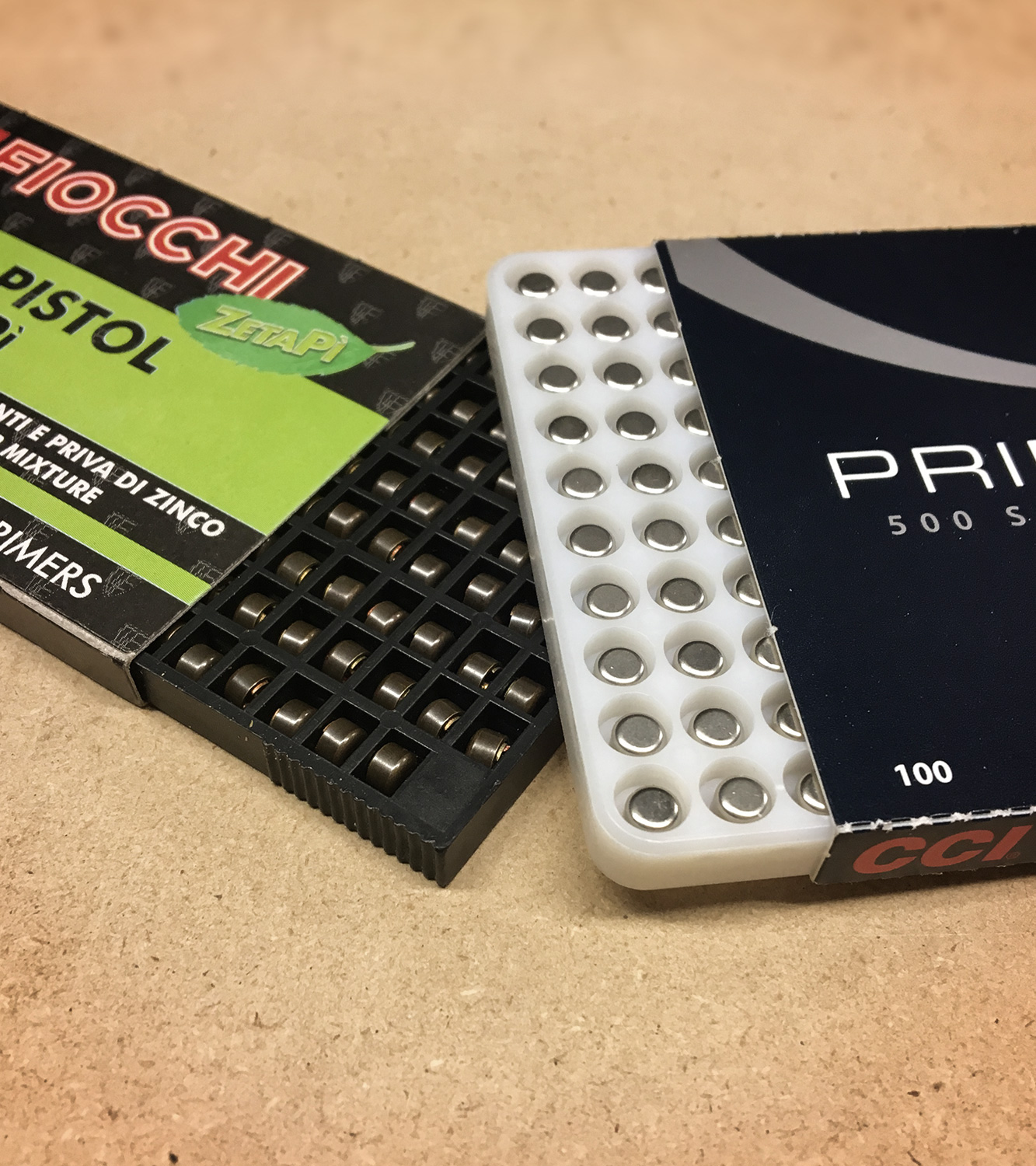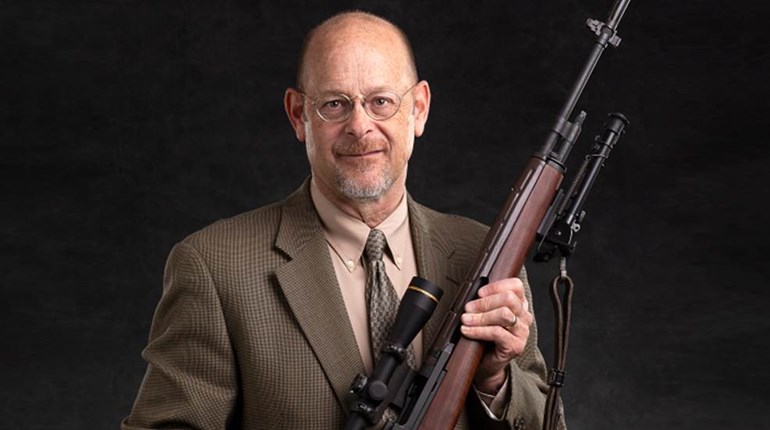
We’ve suggested on several occasions that reloading your own ammunition has many advantages. Not only does it a lend a measure of precision and compatibility to your particular shooting interests and aptitudes, but also to self-sufficiency: a couple hundred dollars of pre-purchased components can keep you running for a surprisingly long time when the retail “channel” gets sucked dry. We’ve seen some impressive swings in availability over the last decade, too; it’s reassuring to be at least partially proof against them.
We find some odd misapprehensions about the process, though, even among surprisingly experienced shooters. Getting some of these straightened around is a worthwhile undertaking in many senses. That resolving these will let you make a better choice about jumping into reloading goes without saying, but there are other advantages as well.
Most obvious are wise concerns about safety. As with your firearms themselves, it’s difficult to imagine too much focus here. The welcome facts are that you very rarely–we can’t think of one, offhand–hear of mishaps. (Do your part to keep it this way, please.)
Partly, this is due to the fact that by huge preponderance of weight and bulk, most reloading ingredients are utterly inert. If that surprises, consider: the cartridge case (often but not always brass) and bullet (often but not always copper-covered lead) are just smallish, heavyish purpose-formed metallic shapes until combined with the actual bang stuff, namely powder and primer.
And that is where the not-fundamentally-unreasonable concerns of significant others most frequently appears.

But as happy circumstance would have it, there is still plenty of calming safety to go around. Modern packaging and chemistry combine to make the most typical worry manageable, and that relates to the powder itself. Unlike its namesake–fickle, dirty-burning “black” powder–modern smokeless powders are amazingly safe and stable, so much so that very similar compounds withstand huge environment variations while lying dormant for years, and then inflate automotive airbags in a few dozen milliseconds at need. Er, cool? In technical terms, in fact, modern powders are not considered explosives at all, but rather propellants. They generate large amounts of gas very rapidly, and in a tightly closed chamber can produce the pressures that firearms convert into projectile motion.
While such powders (based on nitrocellulose, nitroglycerine or combinations thereof) certainly burn energetically, they do not explode or detonate in the normal sense. In the quantities that reloaders need, they can be very safely used and stored. Even in a fire, only a chambered cartridge poses a hazard, and modern containers of bulk amounts–usually of one, four or eight pounds–are designed to melt or vent to prevent explosive-like hazards.
All the same, cautions apply: Read container storage recommendations and abide by them; if you smoke, don’t while reloading, no open flames, etc. Note that some localities have additional limitations, and you’ll want to know and abide by these as well.
But the crucial up-shot is that your reloading bench will not likely be any more dangerous than your lawnmower gas can.

Primers are a somewhat more sophisticated concern. In their modern form, most have three components. The cup forms the most visible part–it is metallic, and contains a small amount of the second component, a mechanically sensitive explosive deposited as a liquid, and allowed to dry. The third component is the anvil, and is most easily thought of as an inverted partial pyramid with three or four “legs” that are tensioned against the bottom of the primer pocket in the base of a cartridge. When firing pin (or striker) action crushes the cup and priming compound inward against the anvil, the resulting mini-explosion creates gas and incandescent particulates, which in turn ignites the powder. Bang.
The good safety news here is on the packaging front. You’d have to go to quite a bit of trouble to “accidentally” ignite more than a few primers at a time. Even then, without the confinement provided by both cartridge and chamber, and absent the “multiplier” of the powder, a primer’s ability to start a fire or chain detonate is limited, and even then would tend to self-disperse. Packaging exaggerates this by holding primers apart, and orienting them so that multiple ignitions, as we said, would need to be contrived. Still–and this applies even more down the road–commit to reading the packaging carefully, observe the precautions, and buy what you actually need. As we’ll review when the time comes, there are three major types of primers, and several sub-types. Few are interchangeable from either the safety or results standpoint.

These are the basics, and we hope a relief: You simply don’t hazard your family or neighbors with a decision to reload in terms of grave, inherent dangers from the inputs. Still, don’t be a dummkopf: We’ll have other cautions in the coming weeks, and naturally children and the otherwise incautious need protecting from reloading stuff just as they do from firearms stuff.
Exercise this expansion of your freedom with due caution.
Frank Winn has been studying arms and their relationship to tyranny, meaningful liberty and personal security all his adult life. He has also been a competitive shooter and firearms safety/shooting instructor for more than 20 years, though he won’t admit how many more than 20.


































